D8: Chemical contaminants
Type of resources
Available actions
Topics
Keywords
Provided by
Representation types
Update frequencies
status
Scale
-
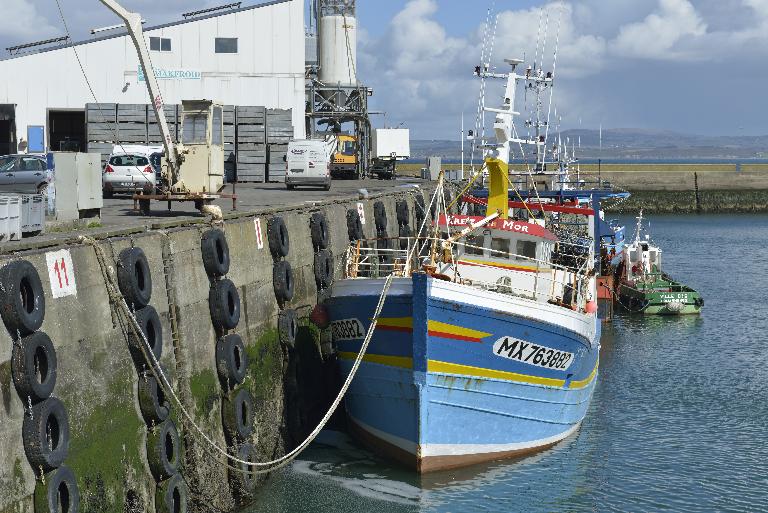
-
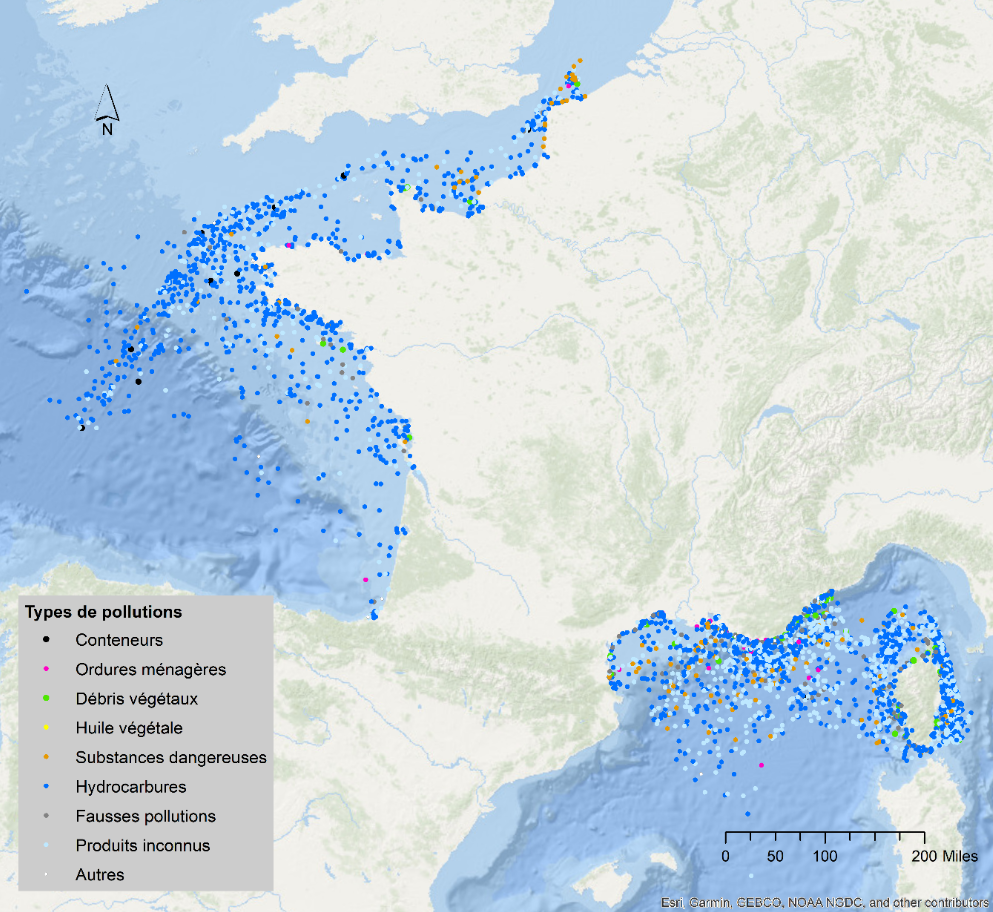
-

Les tableaux contiennent pour chaque contaminant de la liste de l'arrêté relatif à la définition du bon état écologique des eaux marines et aux normes méthodologiques d’évaluation: - le seuil utilisé par substance - la valeur d'évaluation pour les stations du réseau ROCCH-MV retenues - le score d'évaluation (rapport entre valeur d'évaluation et seuil) pour chaque masse d'eau DCE (ME) - le score de l'UMR côte pour chaque contaminant (moyenne quadratique des scores par ME)
-
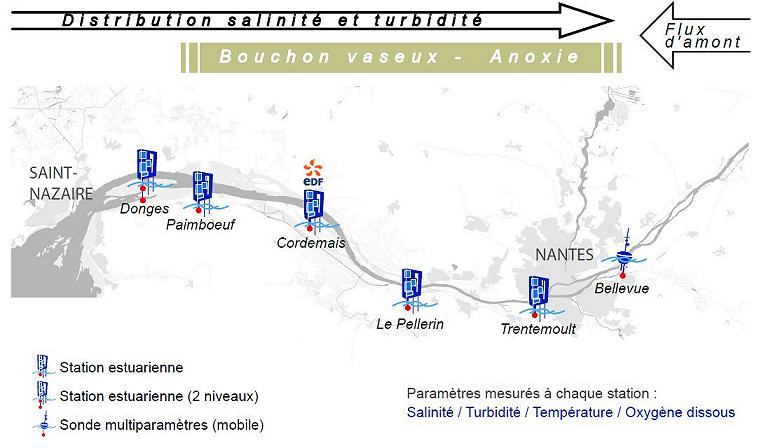
Monitoring System in the Loire Estuary SYVEL 2007 -
-
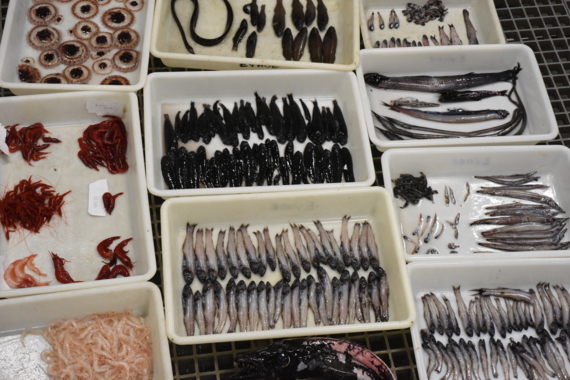
-
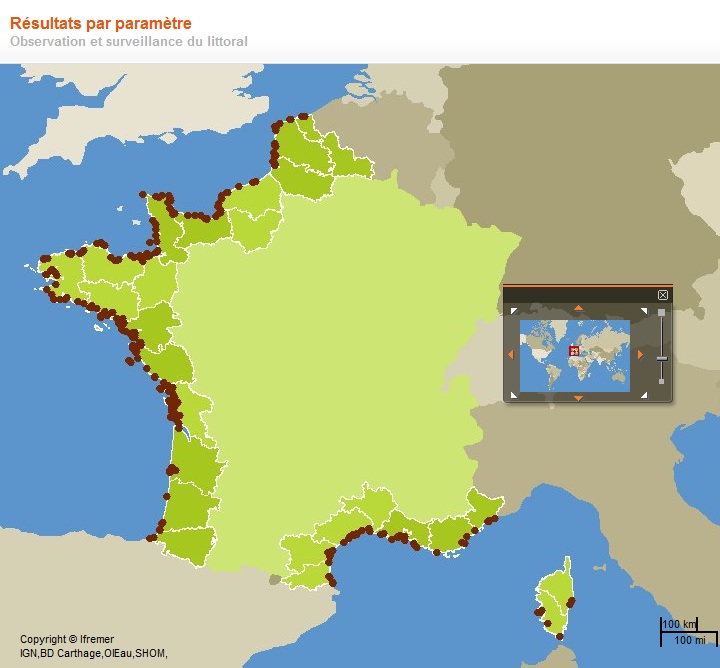
-
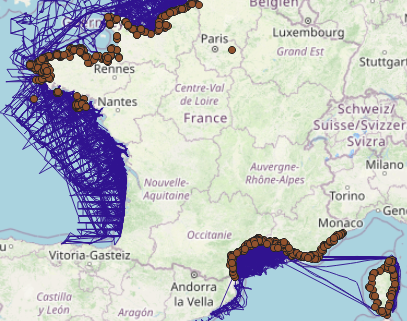
-
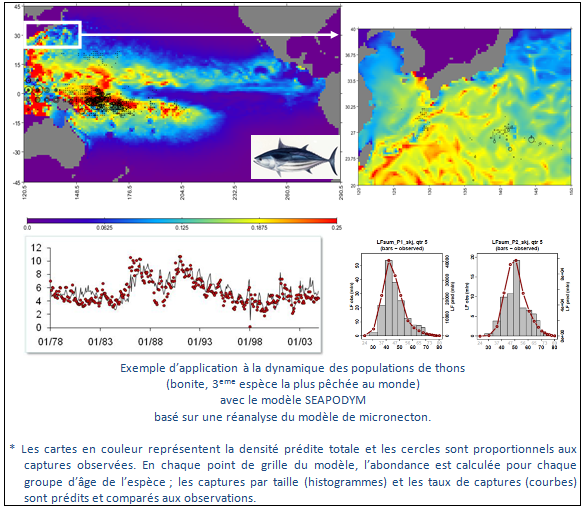
Monitoring and understanding of marine ecosystems, marine population dynamics, commercial species and protected species. Themes covered: - Functional ecology - marine population dynamics - Impact of climate variability - Ecosystem management - Spatialised operational management System functions - Definition of key areas and configuration of the population dynamics model - Acquisition of satellite data and in situ ocean data - Data processing and production of geographical layers - Data management and storage - Data distribution Coverage - Oceans worldwide - Ocean basins - Ocean regions - Mediterranean sea Specifics (see functioning, qualification system, custom services for users) - Customised services for users
-

REPHY is a national network covering the coast of the French mainland along with that of three of its overseas departments: Martinique, Guadeloupe and Reunion Island. The aims are as follows: - to observe all phytoplankton species in the coastal waters and to monitor events such as coloured water, exceptional blooms, and the proliferation of species which are toxic or disruptive to marine fauna, - Particularly to monitor species producing toxins which are dangerous to shellfish consumers . These objectives are complementary, as the regular monitoring of all phytoplankton species makes it possible to detect known toxic and invasive species, but also to detect potentially toxic species. It is the presence of these toxic species in the water which triggers the monitoring of toxins in shellfish. The mission of REPHY is to monitor shellfish in their natural environment (such as parks and deposits). For shellfish removed from marine environments (that is to say in shellfish logistics establishments or on markets prior to export), national monitoring and control plans are organised by the General Food Directive at the French Ministry of Agriculture. Analyses are performed by the accredited departmental veterinary laboratories as organised by the National Reference Laboratory from the French Food Safety Agency.
-
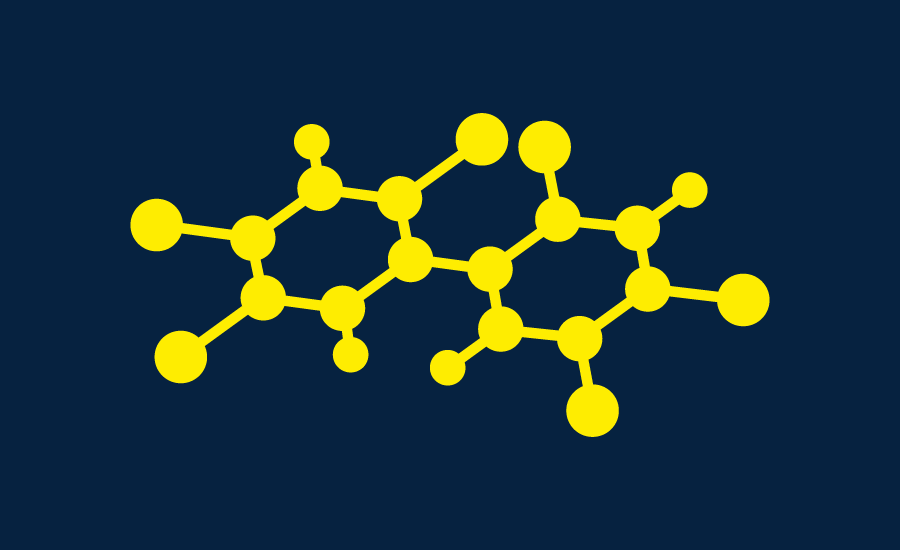
Since 2008, the Coastal Chemical Contamination Observation Network (ROCCH) has taken over from RNO (French National Observation Network for Quality in Marine Environments), which had existed since 1974. ROCCH aims to meet national, community and international obligations relating to monitoring chemicals in marine environments. It is therefore more of a control network than a heritage network as RNO once was. The backbone of ROCCH is to apply the European Water Framework Directive (WFD) and to meet the obligations set out in OSPAR Conventions and in Barcelona. As the WFD insisted on decentralization, ROCCH has gone from having just one project leader (the Ministry for the Environment) to having many decision-makers (water agencies, DIREN etc.). Chemical analyses are no longer conducted by IFREMER alone, but are attributed to other partners following calls for tender. ROCC also includes the monitoring of chemicals in shellfish production areas for the Food safety agency (DGAL) and the Ministry for Agriculture and Fisheries. Monitoring focuses on the three regulated metals: mercury, lead and cadmium in the given areas. Monitoring of these chemical contaminants is conducted in the three marine matrices: water, biota and sediment. Testing also includes imposex, the biological effect of tributyltin (TBT), as required by the OSPAR convention.
 Catalogue PIGMA
Catalogue PIGMA